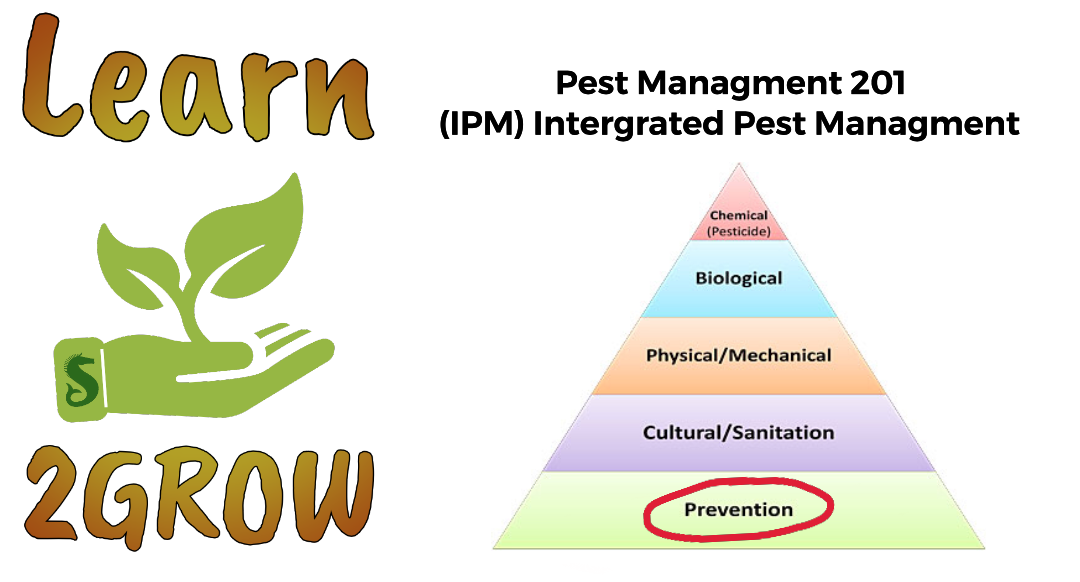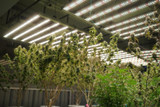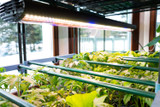Learn 2GROW Series: Integrated Pest Management 201, Topic: Preventative Practice
Information posted here was taken from our most recent hour long grow class Pest Control 201.
To see when this free grow class is available again check our 2019 class schedule.
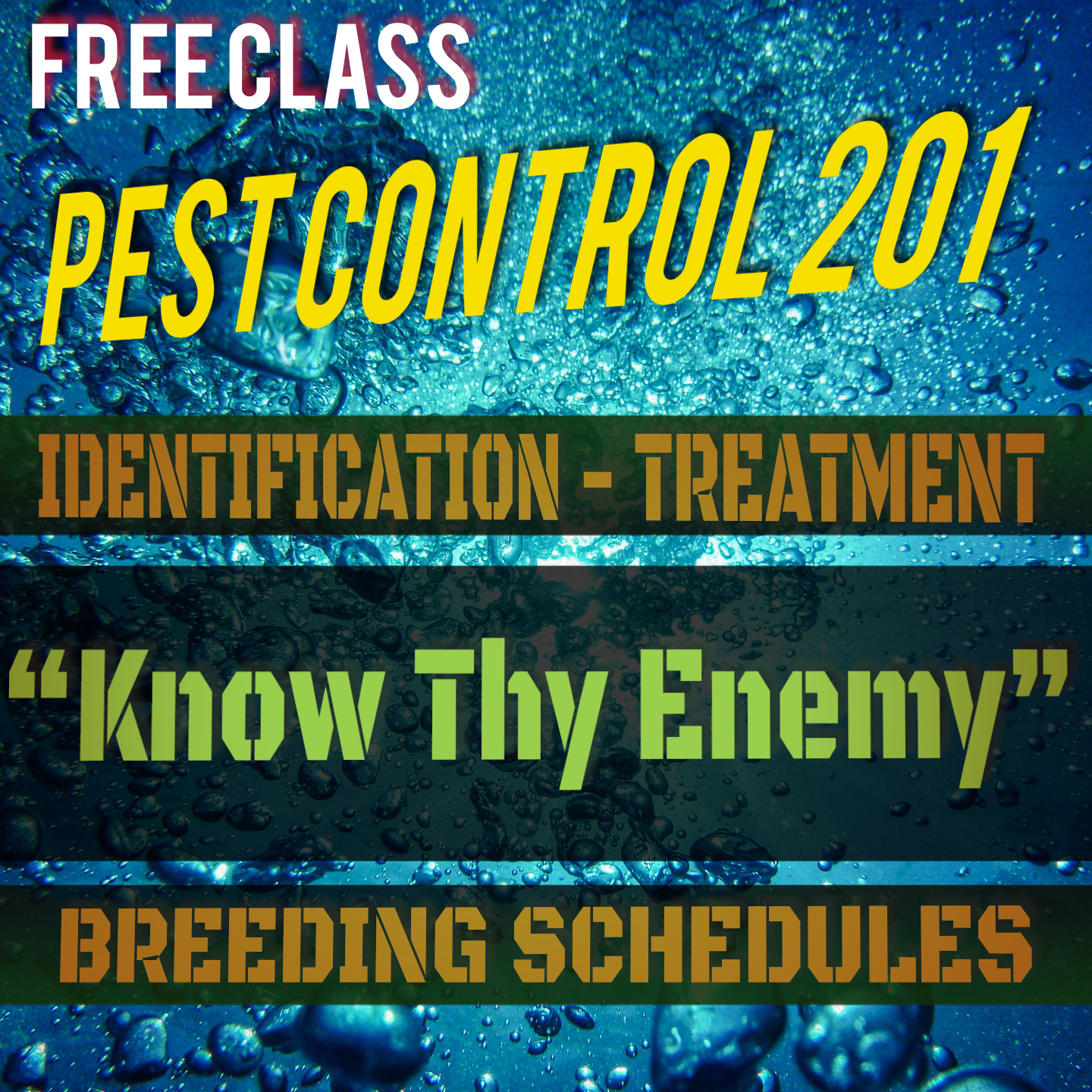
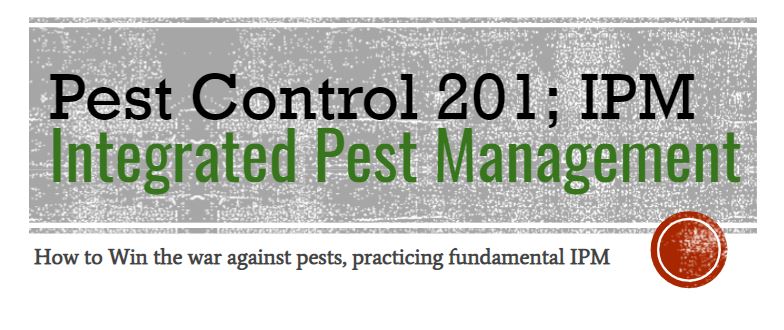
Integrated pest management commonly referred to as IPM in the field. It is a means of utilizing certain controls in the garden either inside or outside. Control in the sense of, there are only so many things a farmer can control (especially outdoors.) The controls are things we manipulate when we have pests/pathogens/problems or for preventing them from ever establishing themselves in your garden. Before we get into the controls first I always like to start with the basic preventative practices. If your smart and preventative indoors, there is a very good chance you won't be dealing with pests often.
Indoor growers have the luxury of not dealing with nearly as many pests. In fact most pests that get into an indoor garden were brought in by the grower. Either it was their pet, their friend, or literally the grower him or herself. For this reason preventatives are really half the battle with indoor IPM.
At Shore Grow we have a saying;
"Preventive Practice Pays"
Before you start thinking to yourself “ No one ever told me I had to do all this stuff!?!?!”
Just think of it like this, if your preventative skills are practiced well enough, chances are you’ll rarely (if ever) deal with pests indoors on a hobby level. If not, you’ll be dealing with a lot more work and some serious frustration when they do get established.
1. Eliminate cross contamination risks
between your indoor and outdoor environment.

If you use them outside, leave them outside.
( Tools, Clothes, plants, your hands, pets )
This can be anything, and is the most common source of pest issues. Keep all your outdoor plants (that you are over wintering inside) away from your indoor garden. Pests could be hiding in the plants themselves or the soil. Consider when you mow your lawn, all the insects in the grass freak out and jump or fly to the tallest/closest thing possible...your pant leg. If your going to work around outdoor plants. Be conscious of what pests or pathogens you could expose your indoor garden to.
2. Trust no one, propagate from home.
( Friends, nurseries, ...no one. )
Whenever your purchase a plant from a commercial nursery or receive a plant from a friend be very skeptical. First take the best magnifying glass you have and search every nook and cranny of the plant. Keep those plants isolated until you can confirm that there are no pests in the media (soil, coco, etc) as well as any you could have missed with the microscope.
When you talk to a nursery or a friend they will most likely tell you that they don't have spider mites or powdery mildew. From our commercial experience we can tell you that when you stuff a lot of plants in one area, there is almost nothing you can do (outdoors especially) to have 0 pests/pathogens. Same thing applies within commercial greenhouses. I like to use the field of dreams analogy for this one.
"If you build it, they will come."
There are very few exceptions to this rule so generally speaking, it is better to trust no one.
3. Cleanliness is Key.

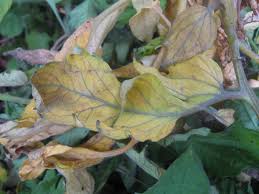
This foliage is a potential risk.
Keeping your grow environment clean and free of decaying material is vital. Decomposing material attracts pests and pathogens. This includes dying off foliage on the plant, at a certain point it's more dead than alive, every growers' preference on when to cut it off is different.
#GrowFamily Tip: 5 gal bucket wet/dry vacuums are great for cleaning both soil and hydro systems and your grow environments with ease. The Long flexible hose makes it easy to get in between the pots under the canopy during a grow. We highly suggest you use this vacuum only in your environment in order to prevent cross contamination.
As foliage dies back, the plant retracts the stored nutrients remaining in the foliage. During this time naturally the green will fade into yellow. Pictured on the right is the natural dying off process (little to no browning). Whereas on the left you can see damaged brown decomposing material.
4. Good Airflow and ventilation.
Being able to control and "dial in" the temp and humidity in your indoor environment will be crucial for pest control. For example spider mites like it hot and dry. So if you make it cool and wet you will slow down their reproductive cycle, which is vital when battling an infestation. Environmental Controls like this are fundamental in IPM. (See the next blog post for more details on controls)
Air flow is especially important. You should always have air moving in and around your plants. This will cause the plants to “ dance.” See the video below if your a newbie and your not sure what I mean about dancing plants.
First, it is a Good or Healthy Stress. Dancing plants grow up stronger and sturdier because they are constantly being pushed over. The stronger cell membrane as a result from this good stress will also make it harder for the pest to physically bite into. Adding Silicone will also boost the strength of plant's cell membrane.
#GrowFamily Tip: During the transition from vegetative growth the flowering growth, adding the manufacturer's suggested amount of silicone will cause the plants to stiffen up and stretch less.
*Newbies be sure to decrease the amount of base nutrients when adding in extra silicone if using synthetic salt based nutrints.
Second, I always like to say if your going to sit at a bar and eat food, your not going to sit on the bar stool that is vibrating. From a pests perspective if your plants are dancing they are harder to "sit and enjoy" a meal on. Long story short, proper air flow will also make your neighbors garden much more appealing. When applied outdoors you can't plug in a fan however, you can defoliate to allow more air to pass through and around the plant with the same effect.
Air flow is not about having the best equipment. It's about ensuring proper ventilation around the canopy and underneath the canopy. Defoliation, pruning, and plant training are other fundamentals that apply to air flow management but for beginners, were going to keep it simple.
4. Be Consistent
The best laid plans are worthless if your not consistent with them.
Pests don't take a day off.
Cleaning your grow environment regularly is not fun. Neither is taking the extra effort to apply a foliar on the bottom of the foliage as well. If your going to apply preventative practices, be consistent. It is easy to think to yourself "do I really need to....I don't have any issues right now." Two weeks later then *BOOM* problem is back.
IPM and preventative measures are a basic foundation to build from when it comes becoming an experienced grower. A lot of the time in the shop when a new grower says "I have to do this?!?!" The answer is most of the time no. However the sooner you start practicing the faster you become a veteran and the less risks you'll expose your grow too. Also, at some point or the other you will have pests...so you might as well practice it now.
If you like this blog post check back again next week when we continue the Learn 2GROW series.
Topic: IPM Environmental Controls
Learn2Grow is a Grow Blog designed for growers of all levels. If you have any questions, comments or #GrowFamily suggestions never hesitate to email Doug@Shoregrow.com
*All #GrowFamily Tips are from members of the local community.

Recent Posts
-
Creative Solutions for Using Fluorescent Lights in Small Spaces
Fluorescent lights can be a smart choice for indoor gardeners working with limited space. They offer …Dec 22nd 2025 -
Common Problems with LED Grow Lights and How to Fix Them
LED grow lights have become a popular choice for cannabis cultivators due to their efficiency, energ …Dec 22nd 2025 -
Best Practices for Maintaining High Intensity Discharge Lights
High Intensity Discharge (HID) lights are vital tools for anyone involved in hydroponic cannabis gro …Dec 16th 2025

